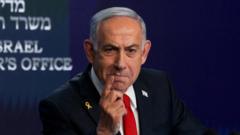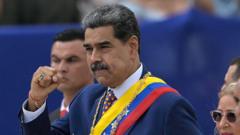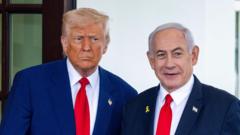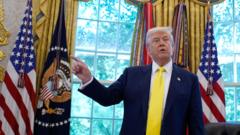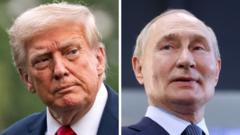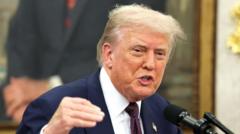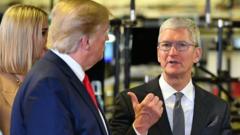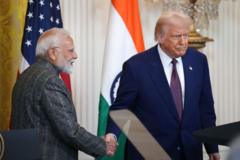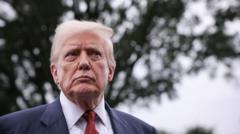In a pivotal visit to the Gulf region, President Trump aims to redefine American involvement abroad while fostering regional partnerships.
Trump’s Middle East Visit Highlights Shift in U.S. Approach

Trump’s Middle East Visit Highlights Shift in U.S. Approach
President Trump concludes his Middle East trip, signaling a change in U.S. foreign policy.
President Trump's trip to the Middle East is set to conclude today after an eventful few days in the Gulf, where he received a warm welcome in Abu Dhabi, the capital of the United Arab Emirates. During his stay, Trump was honored with the UAE’s highest civilian accolade, marking a symbolic strengthening of ties between the two nations.
The president’s speeches conveyed a definitive message: the United States is moving away from its historical inclination towards nation-building and military intervention. While many in the Gulf welcomed this new posture focusing on peace and economic collaboration, it sparked concerns among some Arab leaders regarding the potential diminishing of U.S. pressure on human rights issues, which may affect governance in their countries.
In Syria, the atmosphere is shifting. Business owners who fled due to the conflict are now making plans to return, encouraged by Trump’s hints at lifting sanctions. Secretary of State Marco Rubio has already engaged with Syria’s foreign minister to outline a possible roadmap for revitalization.
On the Iranian front, Trump hinted that a nuclear agreement could be on the horizon, further shifting the dynamics within the region. Moreover, Trump’s administration has solidified tech partnerships leading to the establishment of a significant AI campus, positioning the UAE as an emerging leader in technology.
The conclusion of Trump's Middle East visit not only marks a pivotal moment in international relations but also raises questions about the long-term implications of a U.S. withdrawal from the active promotion of human rights in favor of economic interests.

